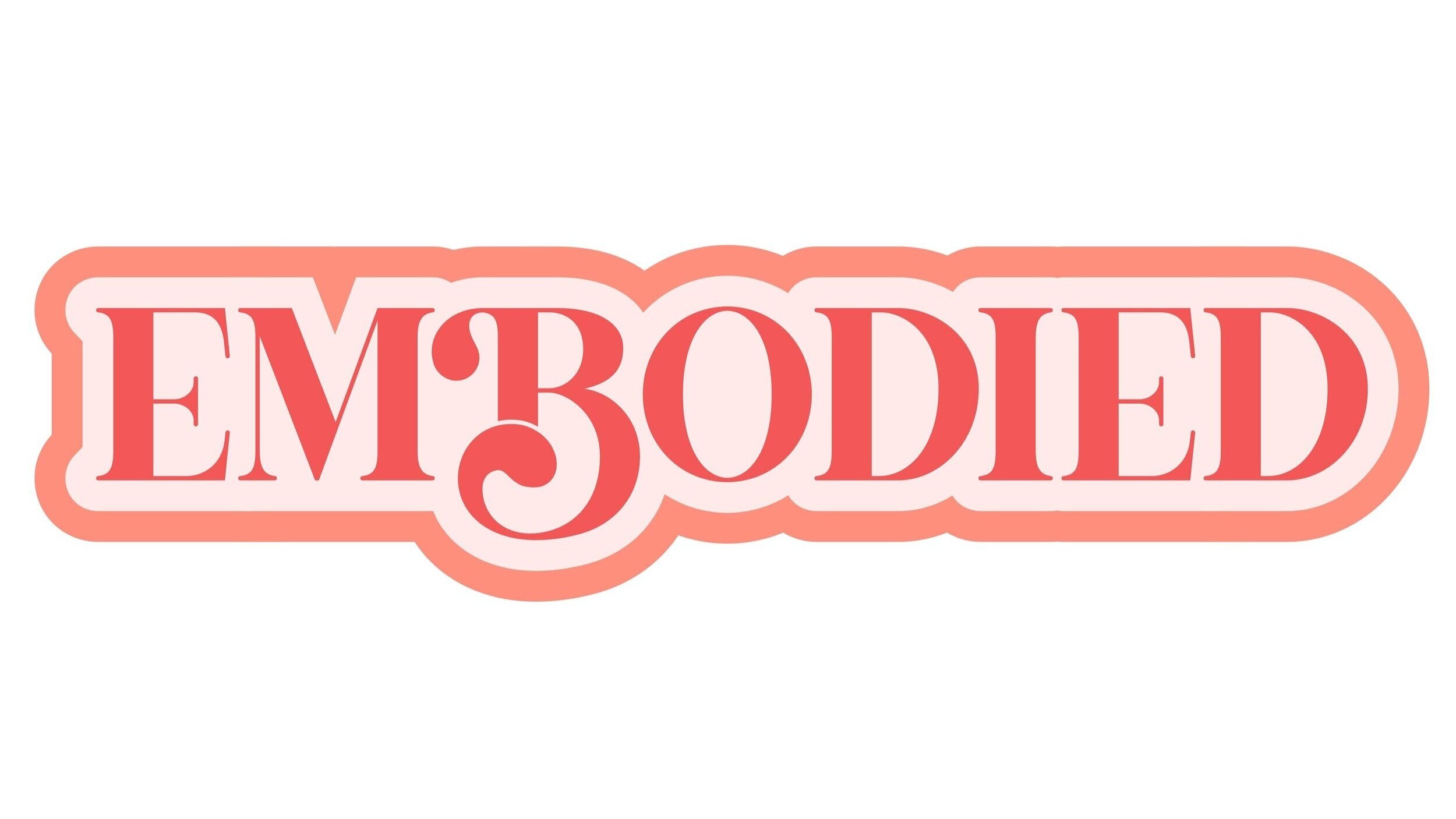Lady BirD
by Andie Newell
Image via Vanity Fair
A third of the way through Lady Bird, Christine “Lady Bird” McPherson and Julie Steffans lay on the reclined seats of a parent’s shitty Toyota-Something, weeping audibly and mouthing the words to “Crash Into Me.” It’s a universal moment for anyone who’s survived high school in the suburbs (and drew a burst of laughter from the crowded theater), but by the time Julie whispers “crash,” the melodramatic becomes tender and surprising.
Maybe it was the neon pink cast on Christine’s arm, a reminder of the physical comedy that keeps the film moving like static shocks, or the twin tracks of mascara smearing their way across the cheeks of two heartbroken girls. Maybe it was because we rarely see strong emotions in teen girls portrayed without judgement, either from other characters or the director’s eye. Lady Bird permits Christine (Saoirse Ronan) and Julie (Beanie Feldstein) time to wallow, unashamed by their grief or their adoration of Dave Matthews Band.
Lady Bird is a litany of these mundane and startling moments, all orchestrated by writer-director Greta Gerwig. The story feels specifically personal to Gerwig, a Sacramento native just like Christine, but the premise of the film is nothing new. Christine endures familiar struggles in her search for acceptance from peers, colleges, and boyfriends. At no point is Christine’s story demeaned; instead, Gerwig elevates the ordinary with wry affection. The early 2000’s are both nostalgic and cringe-inducing, and the decade’s charm is embraced with a wink.
Say what you will about millennials, but the generation experienced irrevocable shifts in the transition between youth and adulthood. Christine finds herself caught in the rapidly expanding gap between the upper and middle class as reports from Iraq play every time she turns on the TV. Her summer job goes toward the price of college applications; forget the price of tuition. Bad boy almost-boyfriend Kyle (Timothée Chalamet) waxes on about fiberglass in the clove cigarettes Christine ironically smokes to impress him. For every new freedom is a new fear.
But the weight of this fear is not shouldered by the young. Christine’s affable father (Tracy Letts) keeps his head down to cope, but her mother, Marion (Laurie Metcalf), finds herself unable to balance her fear and realism with Christine’s dreams. It manifests in every conversation the family has, in pessimistic jabs and steely gazes, but Gerwig allows Marion the same unbiased space she gives Christine. In return Ronan and Metcalf offer crystal clear, full-bodied performances. Often, the tension between them oscillates in the span of a breath: one moment they’re happily thrifting together, then the air shifts, someone bites back, and we can see their minds shoot into opposite corners of the boxing ring. Another breath, and the tension has diffused.
This cycle repeats like a mantra throughout the film, perhaps the only constant in Christine’s tilt-a-whirl world. In the final months of high school, the rest of life is suspended above, close enough to see but far enough ignore when you don’t want to look, another reminder of the gap separating youth and adulthood. Christine changes frantically, as if she can sense what’s overhead, testing out everything: dresses, names, boyfriends, friend groups, futures. Gerwig presents her with choices, and through these decisions we see a portrait of a girl trying very hard to be the person she wants to be, even when she isn’t quite sure who that is.
Lady Bird deftly slaloms between asking why we choose what we choose and examining the consequences. For many of Gerwig’s characters, fear is both an oppressor and a motivator. As Christine’s eighteenth birthday approaches, she finds herself hesitating in the face of that fear more and more, like an adult, or like her mother. Nothing is certain, so everything is a surprise. The mundane becomes a revelation. Lady Bird’s remarkable energy lives inside this hesitation, this tension, this gap between youth and everything that follows. It doesn’t judge. Instead, it presents choices, and lets the audience decide.
Originally published 12/11/17

